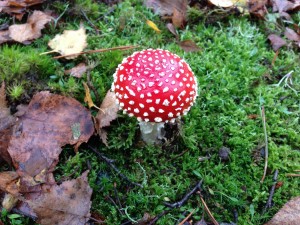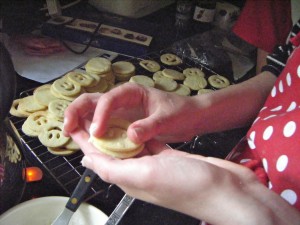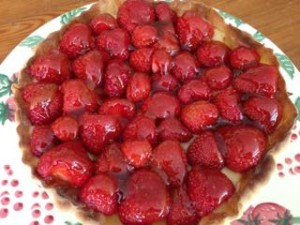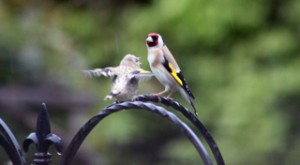Harvest Time in French
Learn the different names for harvest in French:
La Récolte – for harvesting fruit
La Moisson – for harvesting corn
La Vendange – for harvesting grapes
La Rentrée – the first day of the new school year
Short French sentences in the 3rd person present tense describe the weather and activities during early Autumn in French.
French Video Clip, Vocabulary + Worksheet for reading and translation practice and an Online Quiz.
Vocabulary
:
les tournesols(m) sunflowers
les mûres(f) blackberries (fruit)
les champignons(m) mushrooms
les marrons(m) chestnuts / conkers
le maïs corn
le beurre butter
l’école(f) school
la rentrée the beginning of the school year
Verbs + Weather terms:
J’adore I love
C’est it is
Il fait chaud it is hot
il fait froid it is cold
il pleut it rains
il y a there is/there are
on voit one sees/ one can see
on dit one says
il s’agit de … it is about/ to do with
Quel temps fait-il? What is the weather like?
– It’s the start of the new school year. As it is time to get that pencil case ready, here is the vocabulary + practice:
LA RENTRÉE
Video
Online Quiz
This quiz is also available on its own separate page:
Online Quiz
Video Transcript in French:
(Translate it into English and check it against the video clip)
Le mois de septembre
C’est le mois de septembre.
Il y a des tournesols.
Regardez le maïs. J’aime bien avec du beurre et un petit peu de sel!
J’adore le maïs!
C’est la rentrée des classes.
Déjà les marronniers changent de couleur.
Les enfants aiment les marrons!
Quel temps fait-il?
Souvent il fait chaud.
Quelquefois il fait froid.
De temps en temps il pleut.
Ceci est un blackberry…
Ceci aussi, mais en français on dit ‘mûre’!
Il y a encore des mûres.
Dépêchez-vous! Elles sont bonnes.
On voit toujours des champignons au mois de septembre.
Attention! Sont-ils vénéneux?
On dit ‘la récolte’ quand il s’agit de fruit.
On dit ‘la moisson’ quand il s’agit de maïs.
On dit ‘la vendange’ quand il s’agit de raisins.
Oh là là! Les tomates ne sont pas mûres!
Alors, c’était bien l`école?
EXERCISE:
1. What do the following mean?
– Souvent
– Quelquefois
– De temps en temps
2. Translate the following into French:
It is often hot
It rains sometimes
Sometimes it’s cold
3. What are the three different names for Harvest in French?
Write them down in French. Then write what they mean in English:
a) …
b) …
c) …








